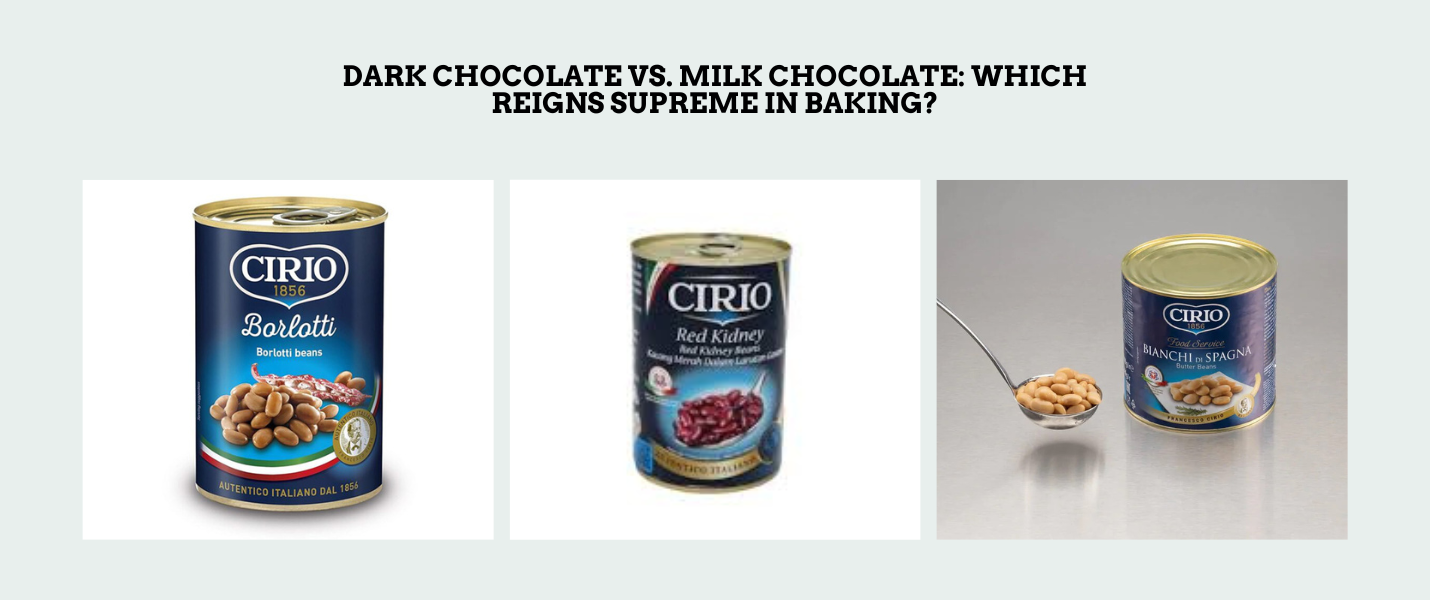

Canned Beans vs. Dried Beans: Which is Better for Indian Cuisine?
Introduction
Beans, also known as legumes or pulses, are a cornerstone of Indian cuisine, providing essential protein and fiber, especially for vegetarians. From the rich rajma of North India to the hearty chana dishes found in the South, beans are featured in a wide array of meals. As more people embrace modern cooking methods, the debate between using canned beans and dried beans has intensified. While canned beans offer convenience, dried beans are often hailed for their nutritional benefits and authentic taste. Let's dive into the key differences and find out which option suits Indian cooking best.
Nutritional Comparison
The nutritional value of beans plays a significant role in determining the best option for your kitchen. Here’s a comparison between canned and dried beans in terms of nutrition:
- Protein Content: Dried beans generally retain more protein compared to their canned counterparts, which may lose a small amount during processing. Nevertheless, both canned and dried beans remain excellent sources of plant-based protein.
- Fiber Levels: Beans are naturally high in fiber, and both canned and dried beans offer this benefit. However, dried beans typically contain slightly more fiber due to minimal processing.
- Vitamin and Mineral Profile: Dried beans tend to retain their full nutrient profile since they undergo less processing than canned beans, which may lose some vitamins and minerals due to high-temperature canning.
Comparative Table: Canned Beans vs. Dried Beans
| Aspect | Canned Beans | Dried Beans |
|---|---|---|
| Protein Content | Slightly lower due to processing | Higher, retains more protein |
| Fiber | Moderate, slightly less after rinsing | Higher, better source of dietary fiber |
| Convenience | Immediate use, no cooking required | Requires soaking and cooking |
| Shelf Life | Several years, limited by the can’s expiration | Can be stored indefinitely when dry |
| Cost | More expensive per serving | Cheaper per serving, especially in bulk |
| Taste | Softer, less flavorful | Richer flavor, firmer texture |
| Environmental Impact | More packaging waste, heavier to transport | Less packaging, lighter to transport |
| Best Use | Quick meals, salads, emergency cooking | Long-cooking dishes, flavorful Indian curries |
Best Beans of Cirio’s by chefspoint:
- Red Kidney Beans: Cirio Red Kidney Beans are a staple for hearty dishes, offering a rich flavor and firm texture. Perfect for chili, salads, or stews, they provide a nutritious boost to your meals.
- Butter Beans: Cirio Butter Beans are known for their creamy texture and subtle taste. These beans are great in casseroles, salads, or as a simple side, adding both flavor and nutrition to your dishes.
- Canned Beans: Cirio Canned Beans offer convenience without compromising on quality. Ready to use and packed with flavor, they're perfect for quick meals, soups, or adding to your favorite recipes.
- Dried Beans: Cirio Dried Beans provide a traditional cooking experience with exceptional taste. Versatile and nutritious, they are ideal for soaking and simmering in your favorite dishes, enhancing flavors and textures.
Convenience Factor
When it comes to convenience, canned beans certainly have an advantage over dried beans.
- Preparation Time: Canned beans require no soaking or cooking; they are ready to use straight from the can, making them perfect for quick meals. On the other hand, dried beans must be soaked overnight and cooked for several hours, adding significant prep time.
- Storage Considerations: Dried beans can be stored for years in a cool, dry place without any special storage conditions, whereas canned beans have a limited shelf life, typically lasting a few years before expiration.
Cost Analysis
Cost is a major factor, especially for those who use beans frequently in their cooking.
- Price Per Serving: Canned beans may seem cheaper upfront, but they are more expensive per serving when compared to dried beans. This is because dried beans expand during cooking, offering more servings for a lower price.
- Long-term Economics: Over time, dried beans are the more economical choice, particularly if you buy them in bulk. They are ideal for households looking to save money while still enjoying nutrient-dense meals.
Taste and Texture
The flavor and texture of beans are crucial when it comes to making authentic Indian dishes.
- Flavor Differences: Dried beans, when cooked, provide a fuller, richer flavor compared to canned beans, which can taste slightly processed or salty due to the canning process.
- Texture in Various Dishes: For recipes like rajma or chana masala, dried beans provide a firmer texture that holds up well during long cooking times. Canned beans, on the other hand, can become too soft or mushy when cooked for extended periods, which may not suit certain dishes.
Versatility in Cooking
Indian cuisine is known for its versatility, and beans are used in various ways depending on the dish.
- Adaptability to Different Recipes: Dried beans are more adaptable, as you can soak and cook them to your desired texture and flavor. Canned beans are pre-cooked and thus offer less control over how they turn out in dishes.
- Performance in Pressure Cooking: Dried beans work well in a pressure cooker, a common tool in Indian households, as they hold their shape better. Canned beans, however, may not withstand the high pressure and could become too soft.
Tips for Choosing the Right Beans
Whether you choose canned or dried beans depends on your needs and cooking habits. Here are some tips to help you make the right choice:
- Reading Labels: If using canned beans, always read the label. Look for low-sodium varieties and organic options to avoid unnecessary additives.
- Seasonal Availability: Dried beans are available year-round, but certain varieties may have better quality during specific seasons. Local markets often carry fresh harvests during certain months.
- Building Relationships with Vendors: If you’re buying dried beans in local markets, getting to know your vendors can help you access the freshest and highest-quality beans.
Conclusion
In the canned vs. dried beans debate, each option serves different purposes depending on the situation. Canned beans are undeniably convenient and perfect for quick meals and emergencies. On the other hand, dried beans offer better taste, texture, and cost-efficiency, making them ideal for traditional Indian cooking. Both have their place in the kitchen, and the choice ultimately depends on your priorities, whether it's convenience, flavor, or budget.
If you’re someone who values flavor and enjoys cooking Indian meals that bring out the rich, authentic taste of beans, dried beans are worth the extra preparation time. But if you’re short on time or need a quick protein fix, canned beans are a solid backup.
Share views on Canned Beans vs. Dried Beans: Which is Better for Indian Cuisine?
Please keep your views respectful and not include any anchors, promotional content or obscene words in them. Such comments will be definitely removed and your IP be blocked for future purpose.
Blog Categories
Blog Tags
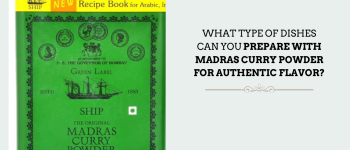 5th Dec 2024
5th Dec 2024
 20th Nov 2024
20th Nov 2024
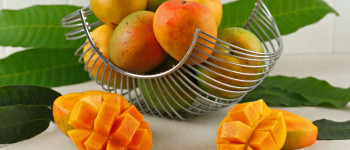 25th May 2024
25th May 2024
 30th Dec 2024
30th Dec 2024
 14th May 2024
14th May 2024
 14th May 2024
14th May 2024
 26th Nov 2024
26th Nov 2024
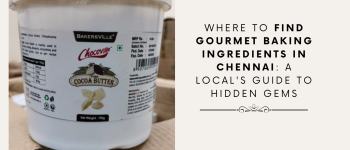 15th Oct 2024
15th Oct 2024
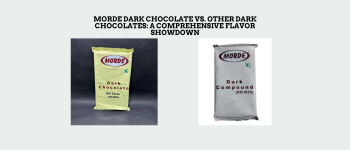 28th Nov 2024
28th Nov 2024
 15th Nov 2024
15th Nov 2024
 28th Dec 2024
28th Dec 2024
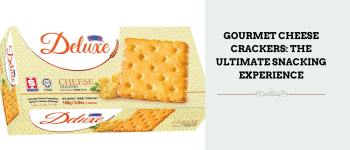 18th Dec 2024
18th Dec 2024
 17th Dec 2024
17th Dec 2024
 23rd Dec 2024
23rd Dec 2024
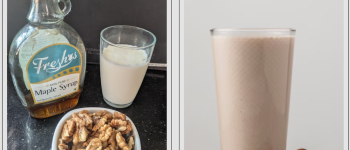 7th Jan 2025
7th Jan 2025
